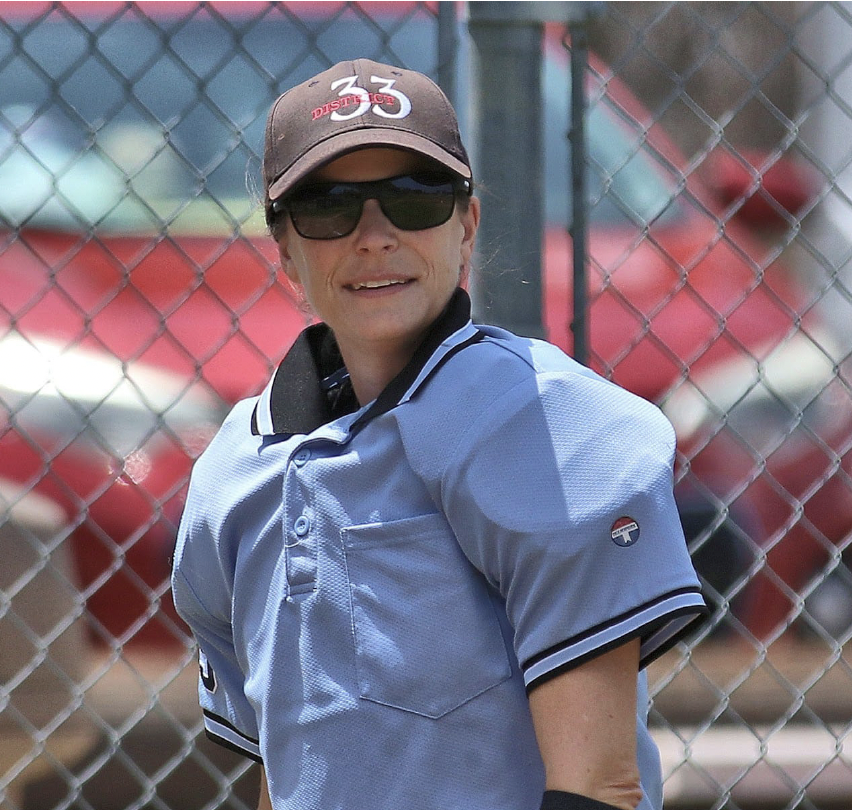This article was originally published in the November/December 2021 issue of San Diego Lawyer Magazine.

By Michael G. Olinik*
“A lawyer should always dress like a lawyer.” This reprimand from my grandmother came during a trip to my hometown in Philadelphia this past snowy winter. Over 2,800 miles from my office, I stood before her wearing jeans and a hockey jersey; slacks and fancy shoes were the furthest thing from my mind, especially because the Flyers had not blown their playoff chances yet. My grandmother’s reprimand, however, raised an interesting question — what does it mean to “dress like a lawyer”?
While there have always been differences in the style of dress between East Coast and West Coast attorneys, and even between cities in the same state (such as San Diego and Los Angeles), what it means to “look like a lawyer” has changed drastically from the days when the bar was limited to mostly white men. To my grandmother, an attorney is someone who always wears suits. This is an image she formed growing up in South Philadelphia in the 1930s and 1940s; all attorneys dressed like Atticus Finch, wearing suits through hot Alabama summers (or, closer to my hometown in Philadelphia, through humid summers as well as winter blizzards).
Since then, the legal field has evolved beyond men in suits to include lawyers of all genders and races. The courtroom fashions have not significantly changed; looking proper in court is still important, as anyone who has heard judges talking about remote appearance experiences over the past year will understand. Some firms still have dress codes, written or unwritten, even when attorneys are going to the office to sit and work alone for eight hours. The slippery dress shoes these rules call for caused me to slip on the ice a few times to the amusement of those around me.
Just as the thickest brief does not equal a sound legal argument, however, conforming to the image of an “ideal” attorney does not indicate the attorney’s performance. Many attorneys, either by choice or necessity due to COVID-19, cannot be attorneys 100% of the time, let alone dress like an attorney. What attorneys look like outside of the office has become as diverse as the membership of the bar. Lawyers (contrary to many punchlines) are people too, and our identities extend beyond our legal careers.

Attorney Laura Sheppard, a criminal defense attorney here in San Diego, chooses to sport a different uniform than that of the courtroom when she umpires Little League Baseball games. Laura practices post-conviction criminal defense, focusing on helping her clients secure parole — including those serving life sentences and youth offenders. Throughout her law career, umpiring has been a saving grace from a day job that sometimes involves intense crimes. “When I’m on the baseball field breathing fresh air and surrounded by children having fun and parents cheering, it relieves the stress and trauma of my job.”
Laura has always loved baseball, and umpiring lets her love the game as never before after spending much of her career as a player on the bench. As an umpire, Laura gets to be involved in every play and stays even more active than the players, as every game behind the plate requires hundreds of squats. Volunteering as an umpire is also a way for Laura to serve her community. Laura is the umpire-in-chief of Sunshine Little League, located in a low-income area on the border of City Heights and Oak Park. The league, like all little leagues, is dependent on volunteers to stay afloat. The league gives children in the community an option to join an organization, and gives opportunities for adult volunteers to serve their community as mentors for the players. Serving as an umpire coincides with Laura’s law practice as well. “Umpires are rule interpreters, just as lawyers are!” she says. “We are good at staying calm under pressure and making quick decisions that apply the facts (what we see) to the law (the baseball rule book).”
While Laura has been umpiring since 2010, some lawyers have had to change their look in response to the COVID-19 pandemic. Curtis Carll’s choice to forgo the typical lawyer fashion was sparked by a combination of career burnout and the need to adjust his schedule due to the burden of caring for his children during the pandemic. Curtis is the father of two children, and his spouse works for the Department of Veterans Affairs. Because his spouse was required to continue working in person during the pandemic, the main brunt of the child care fell to Curtis, who is a solo practitioner and had a more flexible schedule. Concerned about the toll that his legal career was taking on his physical health, Curtis began using his free time to learn about staying healthy and eating better. He began sharing his findings with friends and family who also struggled with health and fitness as their lives became more busy and complicated.
Curtis’s main law practice is representation of employees in discrimination, wage, and hour disputes with their employers, as well as representation of small businesses in nonemployment disputes. During the pandemic though, Curtis had to cut back on legal work in order to watch his children, and needed another source of work that did not demand as much uninterrupted mental concentration. Curtis found his outlet in becoming a health and fitness coach. He used Instagram to coordinate and encourage his clients, exchanging his suits and collared shirts for workout attire.
Curtis says working with clients in the legal field helped to prepare him for working with clients in a new area: “The skill set is very similar — listening closely to your client’s situation and goals, putting together a clear and coherent strategy, adjusting the strategy based on results, working through information, research, and
data to find out what’s best for your client, balancing patience with persistence — but I get to apply those skills without someone on the other side with opposite goals. It’s teamwork, creativity, and problem-solving — the best parts, to me, of being an attorney — without the winner-loser dichotomy of civil litigation.” Now that he is in shape, he finds that he performs his duties as a lawyer better, and the workouts and coaching also help relieve him of the stress of his legal practice.
You cannot judge a lawyer by how they look outside of the courtroom, just as you cannot judge a book by its cover. Lawyers cannot be lawyers 100% of the time. The pandemic and the rising incidents of burnout have shown that we are better lawyers when we leave time for our passions in addition to our legal work. Whether you don an umpire uniform, sport your workout clothes, suit up for the hobby you love, or wear a hockey jersey to visit your grandparent across the country, you are still a lawyer. If you want to know what a lawyer looks like, all you really have to do is look in the mirror.
*Disclosures: The author of this article is also an umpire for Little League and has worked two games with Ms. Sheppard, including a game in the Southern California Intermediate Division State Championship Tournament. The author is also the honorary uncle of Curtis’ children.
Michael G. Olinik (michael@oliniklaw.com) is the owner of The Law Office of Michael G. Olinik. Michael’s practice focuses on real estate matters, employment matters, civil litigation, and appeals.
I love this article. Thank you for addressing this interesting topic with a sense of humanity and relevance that the practice of modern lawyering and life requires!